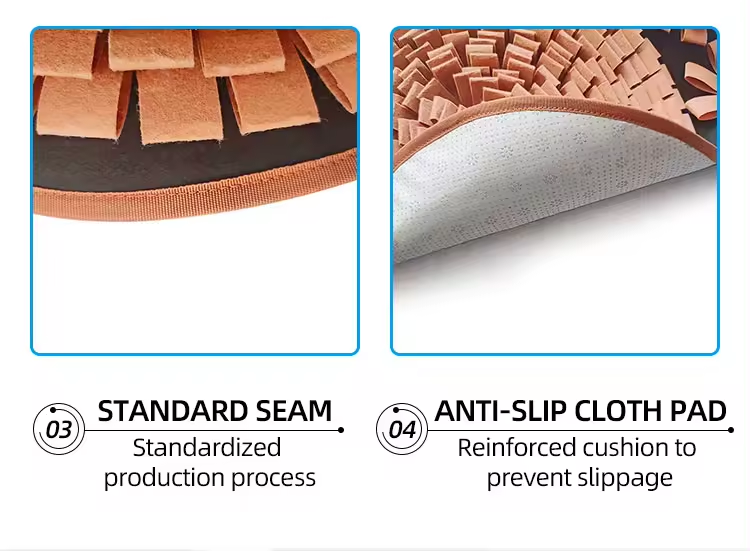The Role of Felt in Sound Absorption
Sound is an integral part of our daily lives, influencing our environments, our work, and our well-being. Whether it’s the chatter of a bustling café, the hum of traffic, or the ringing of phone notifications, sound can often become overwhelming. To manage this auditory chaos, effective sound absorption materials are essential. Among these, felt—a woolen or synthetic fabric—has gained popularity for its remarkable sound-absorbing properties. This article delves into the benefits of using felt for sound absorption, its applications, and innovations in the field.
Understanding Sound Absorption
Sound absorption refers to the process through which sound waves are absorbed by materials rather than being reflected back into a space. Effective sound absorption reduces noise levels, improves speech intelligibility, and enhances overall acoustics within an environment. Various materials exhibit different levels of sound absorption, and this is often measured using the Noise Reduction Coefficient (NRC). The NRC scale ranges from 0 to 1, with 0 indicating no absorption and 1 indicating total absorption.
Why Felt?
Felt is an intriguing choice for sound absorption due to its unique properties. Traditionally, felt is made from natural fibers like wool or synthetic materials such as polyester. The dense, fibrous structure of felt traps sound waves, reducing their intensity and preventing echo within a room. Its porous nature allows it to absorb a broad frequency range of sound, making it versatile for various acoustic applications.
One of the key advantages of felt is its lightweight and flexible nature, allowing it to be easily installed in numerous settings. Moreover, felt can be engineered in different thicknesses and densities, offering tailored solutions for specific acoustic challenges. This adaptability makes it suitable for both residential and commercial environments.
Applications of Felt in Sound Absorption
felt for sound absorption

1. Interior Design In homes, felt can be used in wall panels, ceiling tiles, and as an upholstery fabric. Its aesthetic appeal adds a warm, inviting element to spaces while effectively managing sound levels. Felt wall hangings and partitions are popular choices in open-plan living areas and studios.
2. Commercial Spaces In offices, open environments often lead to noise distractions. Felt can be incorporated into cubicles, acoustic panels, or conference rooms to create quieter workspaces that enhance focus and productivity. The modern office increasingly prioritizes sound absorption to foster better communication and collaboration.
3. Public Venues Venues like theaters, auditoriums, and restaurants benefit from felt due to its ability to manage noise and enhance the auditory experience. Specially designed felt curtains and acoustic baffles can help control sound reflections and improve clarity, making performances and conversations more enjoyable.
Innovations in Felt Technology
Recent advancements in technology have further enhanced the sound-absorbing capabilities of felt. Manufacturers are exploring innovative designs, such as 3D-structured felt, which increases surface area and enhances sound absorption. Additionally, eco-friendly felt made from recycled materials is gaining traction, catering to the rising demand for sustainable building products.
Acoustic engineers are also experimenting with layering different types of felt to create composite materials that target specific frequency ranges. This tailored approach ensures that felt products can meet diverse acoustic needs in various environments.
Conclusion
Felt stands out as an effective and aesthetically pleasing solution for sound absorption in a variety of settings. Its natural properties, versatility, and ongoing innovations in design and sustainability make it an ideal choice for both residential and commercial spaces. As awareness of the importance of acoustic comfort grows, felt’s role in creating quieter, more enjoyable environments will undoubtedly expand. Whether you are looking to reduce noise in your home or create a serene atmosphere in a bustling office, consider the benefits of felt in your sound management strategy.
